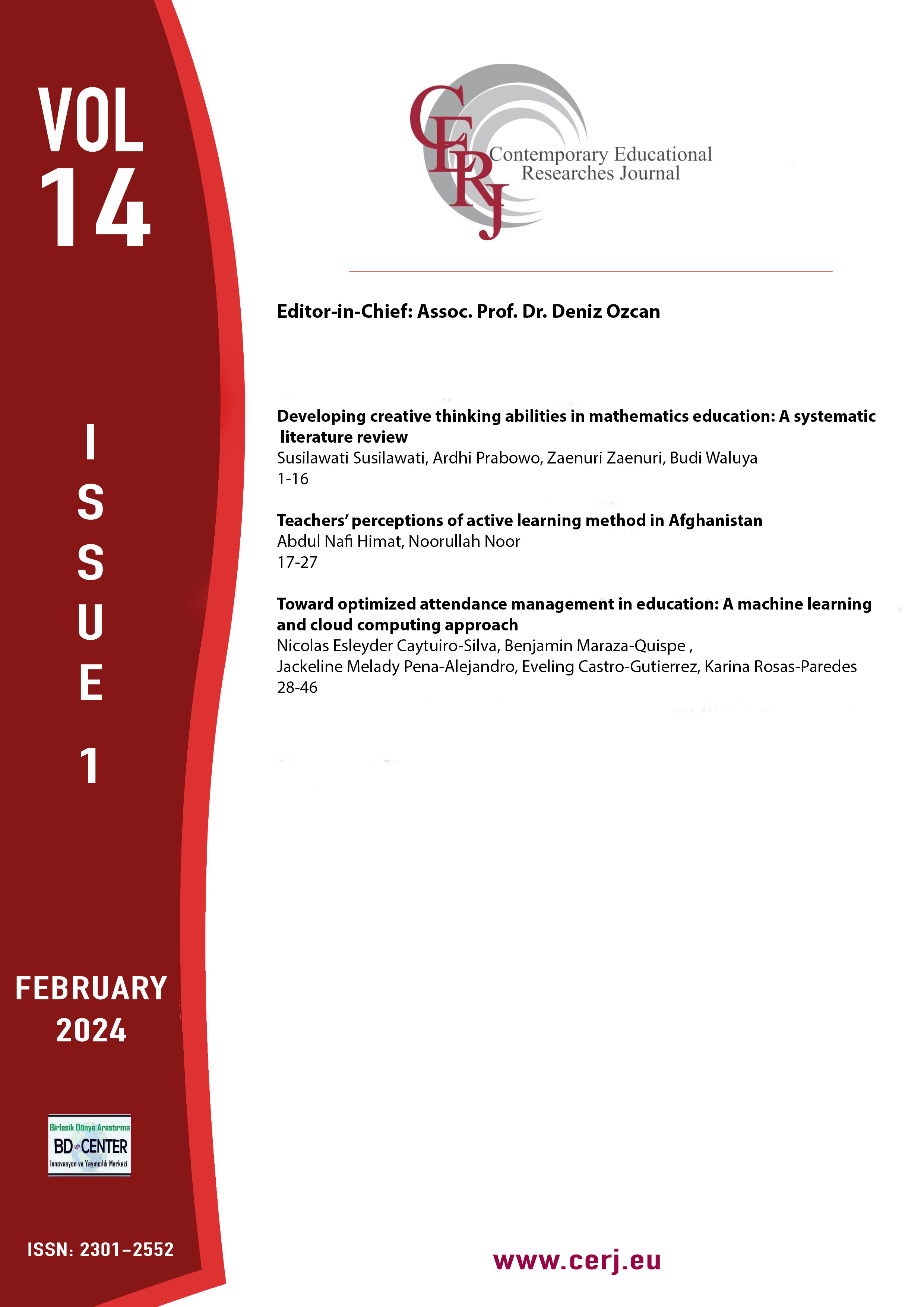Toward optimized attendance management in education: A machine learning and cloud computing approach
Main Article Content
Abstract
The main objective of the research is to optimize and streamline the attendance recording and monitoring process for learning sessions by applying advanced technologies such as Machine Learning and Cloud Computing. The methodology employed is based on the XP (Extreme Programming) project management approach. Throughout its phases, the entire implementation process of the application, from conception to launch, is described in detail. Firebase is used as the database manager to ensure the efficiency and security of student information and attendance records. Additionally, the Firebase Machine Learning kit is leveraged to validate attendance registration through QR codes. The application was tested with fifth-year high school students from an educational institution. The user interface has been designed to be attractive, intuitive, and easy to use for both teachers and students. The research results demonstrate that the use of this application significantly reduces the time spent on attendance recording compared to traditional methods. There has been a high level of satisfaction and acceptance of the "ASYS" application among teachers and students. In conclusion, this research has successfully implemented a mobile application that revolutionizes attendance recording and monitoring in educational institutions, harnessing the power of Machine Learning and Cloud Computing to enhance efficiency and the user experience.
Keywords: Attendance records; cloud computing; education; machine learning; mobile application; process optimization
Downloads
Article Details

This work is licensed under a Creative Commons Attribution-NonCommercial-NoDerivatives 4.0 International License.
Authors who publish with this journal agree to the following terms:
- Authors retain copyright and grant the journal right of first publication with the work simultaneously licensed under a Creative Commons Attribution License that allows others to share the work with an acknowledgement of the work's authorship and initial publication in this journal.
- Authors are able to enter into separate, additional contractual arrangements for the non-exclusive distribution of the journal's published version of the work (e.g., post it to an institutional repository or publish it in a book), with an acknowledgement of its initial publication in this journal.
- Authors are permitted and encouraged to post their work online (e.g., in institutional repositories or on their website) prior to and during the submission process, as it can lead to productive exchanges, as well as earlier and greater citation of published work (See The Effect of Open Access).
